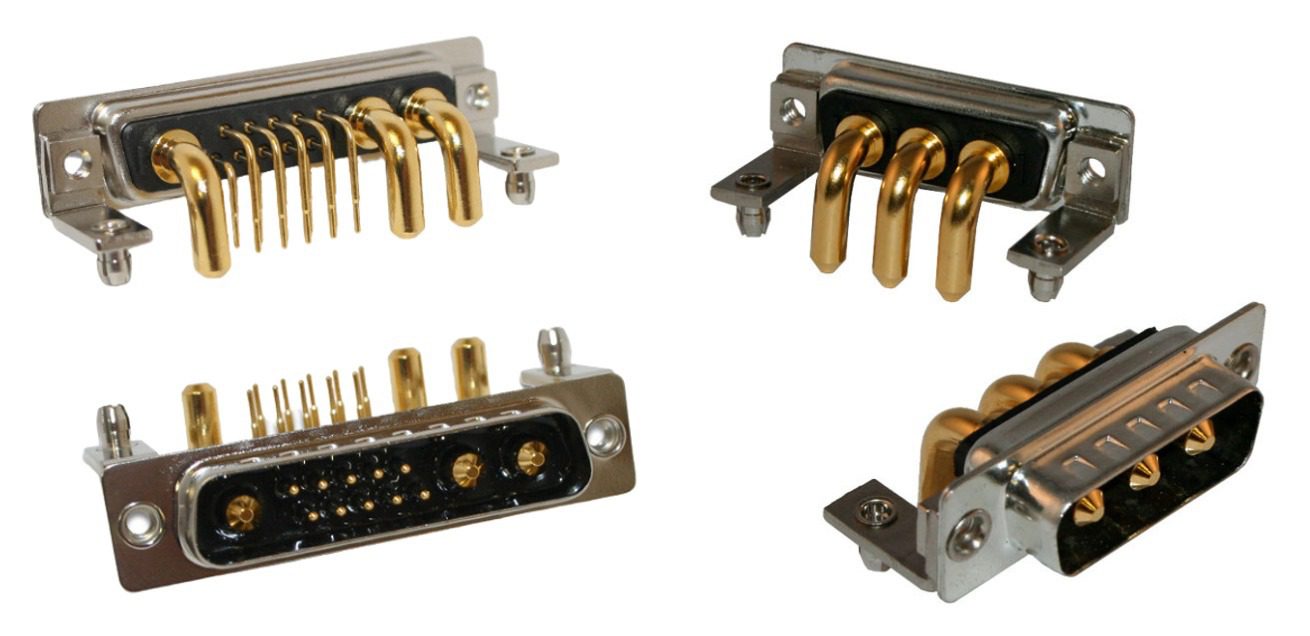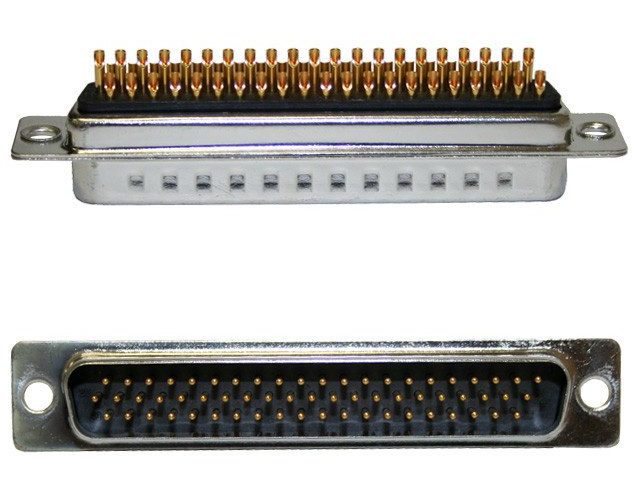Three Key Connectivity Requirements for Autonomous Delivery Robots
As consumers transition to ordering more goods online, shippers are exploring alternatives to human labor. Autonomous delivery robots use sensors systems connected with high-density rectangular connectors to navigate complex environments and carry out delivery tasks.
By NorComp

A delivery robot by VCU CNS Starship Technologies (CC BY-NC 2.0)
Autonomous delivery robots are becoming a new part of life. Delivering everyday packages as well as critical food and medicine supplies, these robots utilize technology comparable to autonomous cars to augment the human workforce that delivers products from companies such as FedEx, Amazon, and Domino’s Pizza. To achieve this task, autonomous robots depend on seamless connectivity to ensure maximum reliability. Here are three connectivity requirements needed to complete the job.
Reliable Connectors
Autonomous delivery robots depend on reliable connectivity to ensure uninterrupted signal and power transmission. Connectors must be able to withstand harsh environments, including water submersion, vibration, and varying temperatures, without disrupting the robots’ overall performance. From D-subminiature connectors used to help power and charge the robots to high-density D-subs that deliver signal and communication, various connectors are used in the robots.

NorComp’s POWER-D I/O IP67 Connectors are designed for rugged/robust applications where both power and signal are required from a single connection. Featuring “Solid Pin” machined contacts, these connectors offer high reliability for challenging design applications.
High-density D-sub connectors can be especially suitable for autonomous and robotic applications that need to provide reliable service with limited user interaction. These high reliability connectors deliver a dependable flow of power and signal even as the application encounters shock, vibration, and other environmental factors as it completes its tasks. Delivery robots need to navigate rough or uneven surfaces as they move through neighborhoods or buildings. They need to endure potential jostling or interference from humans or other unexpected factors. They also may be loaded into vehicles for storage or relocation. Interconnects with high density pin counts and a secure locking mechanism make the application resistant to these typical operational hazards while enabling complex operations. High-density D-Subs can also be sized and configured for the weight restrictions that make small autonomous robots possible. IP sealing against liquid or solid contaminates is another feature that makes these connectors a good rugged interconnect choice for robotic applications that traverse a range of environments.

Norcomp’s High-Density i/O IP67 Connectors are designed for rugged/robust applications allowing signal, high current, and high voltage in one connector with the reliability for rugged environment design applications.
High-Speed Data Sensors
Autonomous robots used in every market require advanced technology with high-performance computing systems that rely on data input from sophisticated sensors. Sensors play a vital role in autonomous delivery robots that move throughout communities. They allow the robot to sense everything ahead, as well as collect the necessary data to ensure safety. They help identify signs, avoid obstacles, and place their location for tracking. The most common sensors used by manufacturers in autonomous delivery robots include:
- Camera sensors provide a 360° view of the environment and help identify traffic signs, pedestrians, cars, and guardrails.
- Ultrasonic sensors measure the distance between the sensor and an object.
- Infrared sensors provide images under low-lighting conditions and are used in technologies like night-vision systems.
- Lidar (light detection and ranging) sensors use lasers to estimate distance and create high-resolution three-dimensional images of the environment.
- Radar sensors use long-range (77 GHz) and short-range (24 GHz) radio waves to detect moving or stationary objects.
Vehicle-to-everything (V2X) Technology
Along with high-speed data sensors, which analyze the vehicle’s local environmental conditions, additional data is required for conditions outside the range of on-board sensors. Vehicle-to-everything (V2X) communication is the passing of information from a vehicle to any entity that may affect the vehicle, and vice versa. In these systems, data moves between multiple types of vehicles, infrastructure, and business and municipal command centers to control and manage the safety of autonomous equipment and its surroundings. Used in delivery robots, this technology improves the robots’ awareness of any dangers, including traffic jams and accidents, and can propose a new and more efficient route if needed.
Visit NorComp to learn more about connectors used in autonomous systems.





